Anxiety attacks develop gradually with worry and tension. Panic attacks happen suddenly. They bring intense fear and strong physical symptoms.
Anxiety and panic attacks differ in three main ways:
- How quickly symptoms show up.
- How long do they last
- If you can identify a cause
Understanding these differences helps people get the right treatment and feel better faster.
Many people confuse anxiety attacks and panic attacks, but they are not the same. Knowing what you're feeling helps you manage symptoms better. It also shows you when to get professional help.
What Is an Anxiety Attack?
Understanding Anxiety Attack Symptoms
An anxiety attack occurs when worry and nervousness grow over time—minutes, hours, or even days. Think of it like a balloon slowly filling with air. You might notice yourself getting more tense, worried, or uncomfortable as time passes.
Anxiety attack symptoms include:
- Worry or fear
- Tight neck and shoulder muscles
- Upset stomach or butterflies
- Rapid heartbeat
- Trouble concentrating
- Restlessness or feeling on edge
These feelings often tie to specific worries, like a test, a tough talk, or an event coming up.
The symptoms of an anxiety attack typically start mild and get stronger slowly. You might wake up feeling a little nervous, then feel more anxious as the day continues. This gradual buildup helps distinguish anxiety vs panic attack experiences.
What Causes Anxiety Attacks?
Anxiety attacks often occur due to stress.
They can be triggered by:
- Events
- Relationship problems
- Work or school stress
- Money worries
- Health issues
Your mind focuses on these problems, and your body responds with uncomfortable feelings.
Unlike panic attacks, you can usually identify what is making you anxious. The trigger makes sense, even if your anxiety feels bigger than the actual problem. Feeling nervous before a presentation is normal. It’s just anxiety, even if it feels overwhelming.
What Is a Panic Attack?
Recognizing Panic Attack Symptoms
A panic attack arrives suddenly, like a light switch turning on. Within seconds or minutes, intense fear and physical symptoms overwhelm you. The American Psychiatric Association defines panic attacks in the DSM-5. They occur when a person has at least four symptoms that peak within minutes.
Panic attack symptoms can include:
- Racing or pounding heart
- Sweating and shaking
- Trouble breathing or feeling choked.
- Chest pain or discomfort.
- Nausea or stomach upset.
- Dizziness or feeling faint.
- Tingling or numbness
- Chills or hot flashes.
- Feeling detached from reality.
- Fear of dying or losing control.
These symptoms of panic attacks feel extremely intense and scary. Many people who have their first panic attack believe they're having a heart attack. So, they often rush to the emergency room. The physical symptoms are real and scary, making it hard to believe anxiety causes them.
Why Do Panic Attacks Happen?
Panic attacks often strike without warning or obvious reason. You could be relaxing, shopping, or driving when sudden fear hits. You may feel intense physical symptoms. This unpredictability makes panic vs anxiety attack experiences very different.
Panic attacks can occur in certain situations. For example, they might happen in crowded places, while driving, or when you're far from home. Other times, they seem completely random. The fight-or-flight response kicks in when you feel threatened, even if you're safe.
Core Differences Between Anxiety Attack and Panic Attack
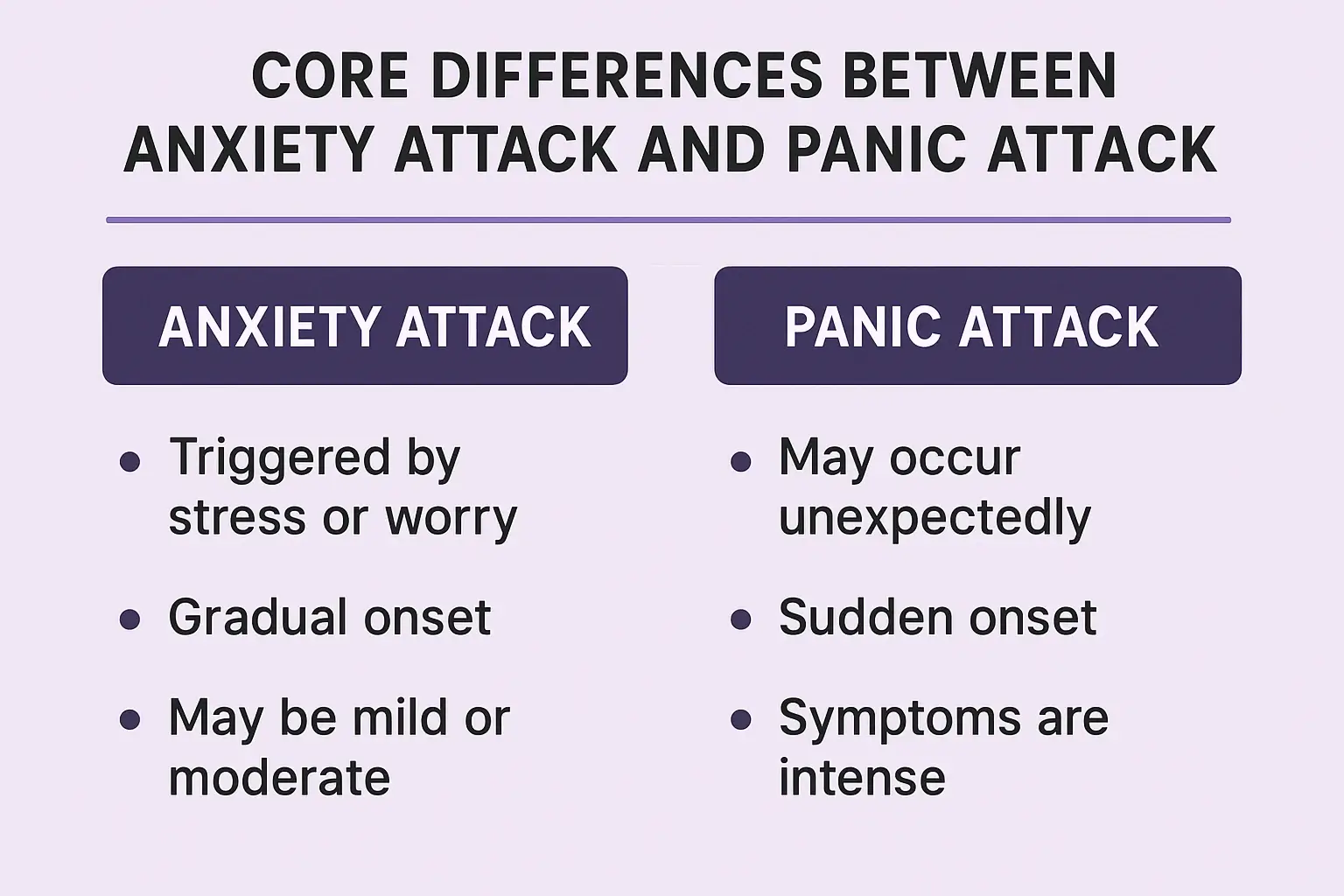 How Quickly Do Symptoms Start?
How Quickly Do Symptoms Start?
The onset of an anxiety attack and a panic attack shows a significant difference. Anxiety attacks build gradually over time, giving you warning that something feels wrong. You notice increasing tension and worry that grows stronger.
Panic attacks explode without warning. One moment you feel fine, the next moment overwhelming symptoms appear. This sudden onset is a key difference between a panic attack and an anxiety attack. It helps you identify which one you’re having.
How Strong Are the Symptoms?
Anxiety attack symptoms can vary. They range from mild to moderate, but they often feel quite uncomfortable. You stay aware of your surroundings. You can usually keep going, even when it's tough.
Panic attack symptoms feel like a surge of intensity and overwhelming pressure. The severity frequently leads people to believe that something is significantly wrong medically. This intensity level helps distinguish panic attack vs anxiety attack experiences clearly.
How Long Do They Last?
Anxiety attacks can last for hours or even days, with symptoms coming and going in waves. Your worries may ease for a bit, but they can come back when you think about them again.
Panic attacks usually peak in about 10 minutes. They seldom last more than 30 minutes. Though they feel endless while happening, they actually end relatively quickly. This shorter duration is another way to tell anxiety from a panic attack.
Can You Identify the Trigger?
With anxiety attacks, you usually know what is bothering you. Your symptoms are linked to your worry. This connection is clear, even if your reaction seems intense.
Panic attacks often strike suddenly, with no clear cause. This unpredictability makes them even scarier and confusing. You might wonder, "Why is this happening?" because nothing obvious caused the sudden symptoms. This unpredictability distinguishes panic attack vs anxiety attack patterns clearly.
Shared Symptoms and Overlapping Signs
What Symptoms Do Both Share?
Anxiety and panic attacks have some similar symptoms. These include a fast heartbeat, sweating, shaking, shortness of breath, an upset stomach, and feelings of fear or worry. Anxiety and panic attacks have overlapping symptoms. This can confuse someone about which condition they are facing.
Both activate your body's stress response system. Your brain senses danger, real or not. Then, your body gets ready to protect you. The fight or flight response causes physical feelings that make both situations tough to handle.
Why Do People Confuse Them?
Panic attacks and anxiety attacks can be confusing, especially for first-timers. Both involve fear and physical discomfort, making them feel similar. Many people don’t see these as different patterns. They learn more about each condition to better understand.
Healthcare providers sometimes use these terms differently, adding to confusion. Some professionals refer to both as anxiety responses, while others make clear distinctions. Knowing the patterns helps you share your mental health experiences better with providers.
Causes and Risk Factors
What Makes Someone More Likely to Experience These?
Several factors increase the risk for both anxiety attacks and panic attacks. Family history plays a role, as these conditions often run in families. If your parents or siblings have anxiety or panic, you might be more likely to feel the same way.
Stressful life events can trigger both conditions. Examples are losing a loved one, getting divorced, losing a job, or dealing with a serious illness. Traumatic experiences, including abuse, accidents, or violence, increase vulnerability. Anxiety and panic attack risk factors show why some people face these issues while others do not. Biological and environmental factors interact in complex ways.
Do Other Conditions Connect to Anxiety and Panic?
Panic disorder happens when a person has repeated panic attacks. They often worry about having more attacks. This creates a cycle. Fear of panic attacks can trigger more panic attacks.
Generalized anxiety disorder involves persistent, excessive worry about many different things. People with this condition often experience anxiety attacks when stress builds too high. Depression, PTSD, and specific phobias frequently accompany anxiety and panic conditions.
Understanding these connections shows why treating all symptoms is better. It works better than managing separate anxiety or panic attacks. Mental health challenges rarely stand alone. They usually arise from several factors that work together.
How to Identify Which One You're Experiencing
 Questions to Ask Yourself
Questions to Ask Yourself
When uncomfortable symptoms show up, ask yourself some questions. They can help you figure out if you’re having an anxiety attack or a panic attack. Ask yourself: Did symptoms appear over time or all at once? Can I identify what triggered this feeling? How intense are the symptoms on a scale of 1 to 10? Am I able to continue my activities, or am I completely overwhelmed?
If your symptoms start slowly and connect to specific worries, you’re likely having an anxiety attack. If symptoms show up suddenly and intensely, and there's no clear cause, a panic attack is more likely.
When Should You Seek Help?
Anxiety and panic attacks need professional help, especially if they occur often. If they disrupt your daily life or make you avoid places, seek support. Feeling scared and alone is not okay. Mental health experts provide screening tools and resources. These can help you understand your symptoms.
If you're unsure if your symptoms are from a panic attack or a heart attack, get medical help right away. It's always best to get checked. Finding out it's anxiety is better than ignoring serious medical symptoms.
Treatment Options for Anxiety and Panic Attacks
How Does Therapy Help?
Cognitive Behavioral Therapy helps you spot unhelpful thoughts. Then, it guides you to replace them with balanced thinking. This method is great for anxiety and panic attacks. It helps you see how thoughts, feelings, and physical symptoms are linked.
Exposure therapy gradually helps you face feared situations in safe, controlled ways. This reduces avoidance behaviors that often develop after panic attacks. A therapist guides you through progressive steps, building confidence and reducing fear responses.
Mindfulness techniques help you focus on the present. They reduce worries about the future and the past. Regular mindfulness practice lowers anxiety and helps you stay calm during panic attacks. Simple exercises include breathing techniques, body scans, and guided meditations. These can work well with traditional therapy methods.
What About Medication Options?
Several medication types help manage anxiety and panic attacks. Antidepressants, especially SSRIs like sertraline and escitalopram, can lower anxiety. They also help stop panic attacks when taken every day. These medications need several weeks to become fully effective.
Anti-anxiety medications offer quick relief during anxiety attacks. However, they aren't meant for daily long-term use. Your healthcare provider can talk about how medications may help you. They can also explain the treatment options available.
What Self-Help Strategies Work?
Learning proper breathing techniques helps tremendously during both anxiety and panic attacks. Deep, slow breaths from your diaphragm help calm your nervous system. They also ease physical symptoms.
The 5-4-3-2-1 technique helps calm panic by using your senses. Here’s how it works:
- Name 5 things you see.
- Identify 4 things you can touch.
- List 3 things you hear.
- Find 2 things you smell.
- Finally, think of 1 thing you taste.
This method keeps you present and grounded.
Regular exercise reduces anxiety and improves mood. Physical activity burns stress hormones and releases feel-good brain chemicals. Sleep well, limit caffeine and alcohol, and stay connected with others. These habits help improve mental health. Sleep quality particularly impacts emotional regulation and anxiety symptoms throughout the day.
The 3-3-3 rule offers another grounding technique: name 3 things you see, 3 sounds you hear, and move 3 body parts. These simple strategies break the anxiety cycle. They help you take control in tough moments.
Other grounding techniques for managing panic symptoms are:
- Progressive muscle relaxation
- Sensory awareness exercises
- Safe place visualization
Understanding Panic Disorder vs Anxiety Disorder
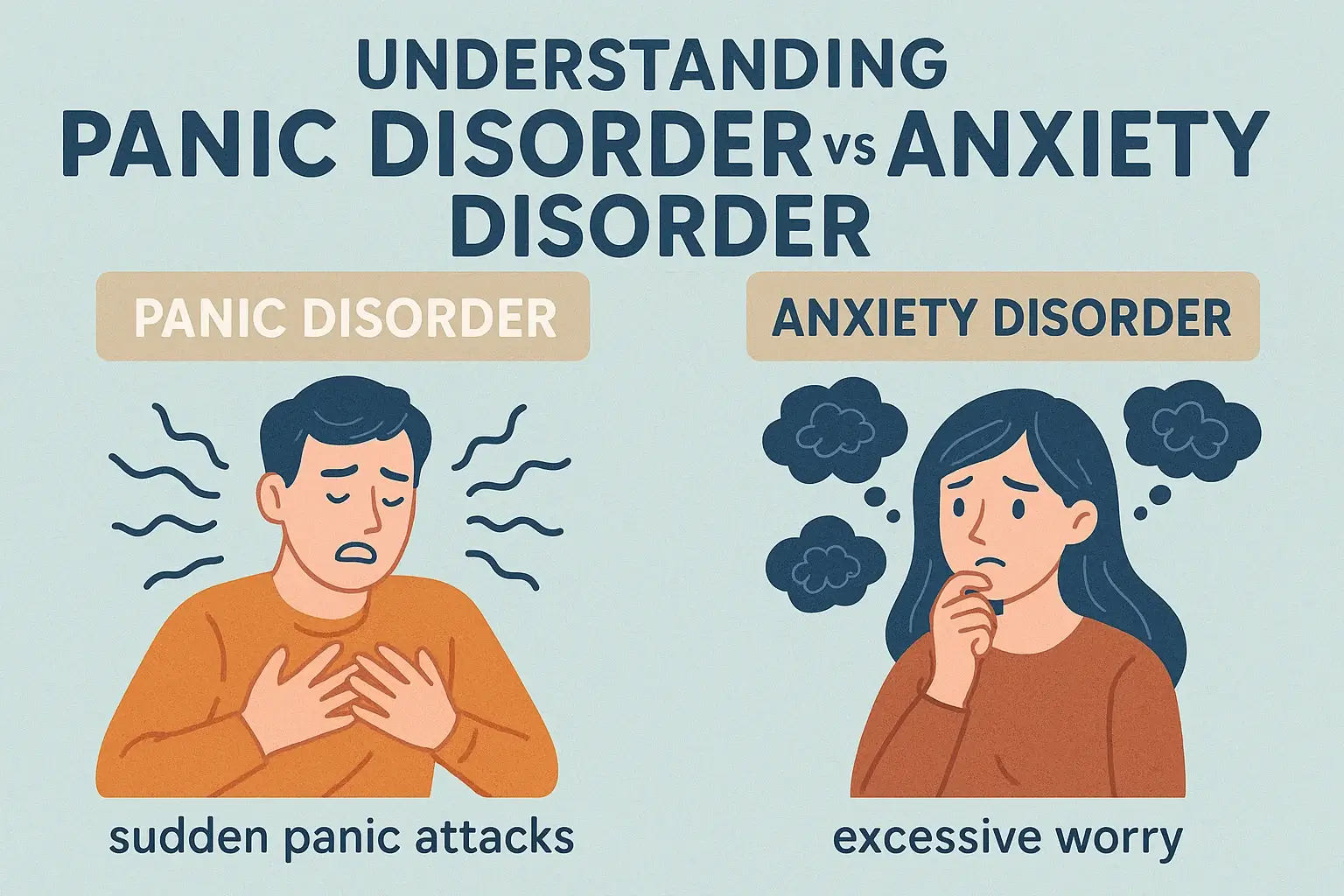 What is Panic Disorder?
What is Panic Disorder?
Panic disorder happens when a person has frequent, unexpected panic attacks. They also worry a lot about having more attacks. This fear can make people avoid places or situations where they have had panic attacks before.
People with panic disorder may avoid crowded places, driving, or being far from home. They fear having a panic attack in these situations. This avoidance can severely limit daily life and independence. At Gendrics, we offer clear resources on panic disorder. You can learn about its symptoms, causes, and treatment options.
How do anxiety disorders differ?
Anxiety disorders include several conditions in which excessive worry interferes with daily functioning. Generalized anxiety disorder involves persistent worry about many different topics. Social anxiety causes intense fear in social situations. Specific phobias create intense fear of particular objects or situations.
People with anxiety disorders often have anxiety attacks. However, the main issue is long-term worry and tension, not just sudden panic episodes. Treatment usually focuses on managing ongoing anxiety rather than preventing sudden attacks. You can calm anxiety naturally with simple techniques. Try breathing exercises, grounding methods, and lifestyle changes. These can help reduce anxiety symptoms right away.
Special Considerations for Different Groups
Anxiety Attack vs Panic Attack in Children
Children can experience anxiety and panic attacks. They might struggle to express their symptoms clearly. Kids may say their stomach hurts, not want to go to school, or become clingy when they feel anxious.
Panic attacks in children can be very scary. Kids often don’t know what’s going on. They need clear explanations and reassurance. The scary feelings will pass, and they are not in danger.
Parents should look for changes in behavior, like:
- Frequent physical complaints.
- Avoiding school
- Sudden fearfulness
Early intervention helps kids build healthy coping skills. This way, anxiety patterns don’t take hold. Our guide helps parents tackle anxiety in kids. It shares strategies to support children in managing anxiety at home. These tips are age-appropriate and effective.
How Social Situations Trigger Different Responses
Social anxiety can trigger both anxiety and panic attacks in social situations. The difference between a panic attack and social anxiety lies in their focus. Panic attacks cause general fear. Social anxiety centers on the fear that others will judge you in social situations.
A person with social anxiety may feel gradual anxiety before a party. A person with panic disorder can suddenly experience a panic attack at a party, even if they don’t have specific social fears. Both patterns cause significant distress and deserve appropriate treatment.
Conclusion
Understanding the difference between an anxiety attack and a panic attack helps you know your feelings better. This way, you can find the right support. Anxiety attacks grow slowly and have clear triggers. They feel moderate. Panic attacks, however, hit suddenly. Their symptoms are intense, but the causes are less clear.
Both conditions respond well to treatment, including therapy, lifestyle changes, and sometimes medication. Learning coping strategies helps you manage symptoms. This can reduce their impact on your daily life. Feeling anxious or having panic attacks doesn’t mean there’s something wrong with you. These are common and treatable medical issues.
If you have anxiety or panic attack symptoms, get professional help. Mental health screening tools and educational resources can help you start feeling better. Gendrics provides a full anxiety assessment. This can help you understand your symptoms and see if you need professional support. You deserve to live without constant fear and physical discomfort.

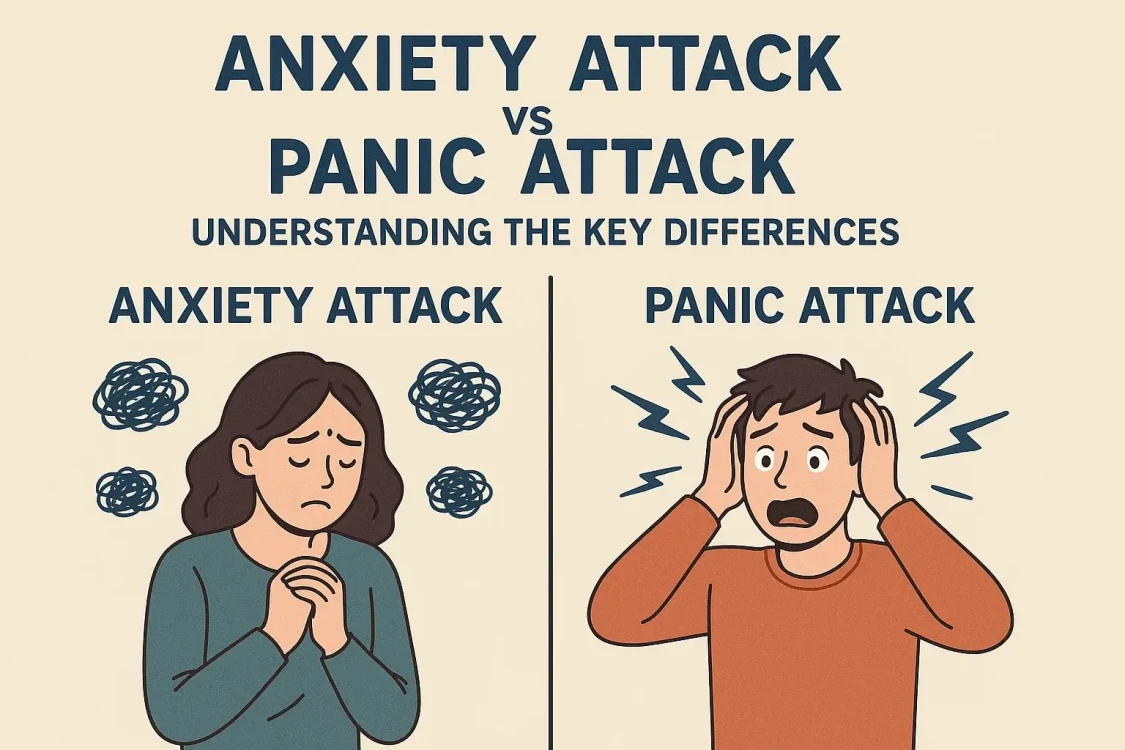
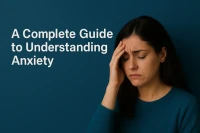

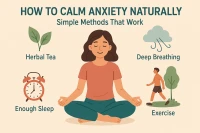
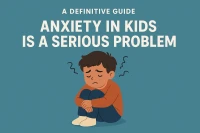
Comments